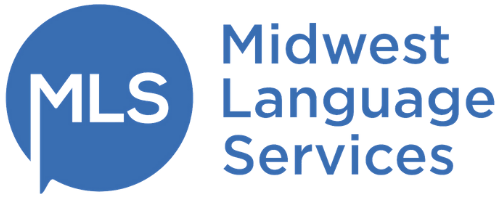
Blog
Our blog explores professional interpreting, translation, transcription, and cultural communication strategies that help businesses, organizations, and communities succeed. Discover expert insights, practical guidance, and resources to navigate today’s multilingual world with confidence.
Interviews with a Translator and an Interpreter
A woman is interviewing an interpreter woman with long hair wearing a white and blue business suit in an office.
Human-Powered Translation vs. Machine Translation
Read to lean about the pros and cons of human translation vs. machine translation here.
Lost in Translation - Busting Common Myths While Saving Your Organization's Reputation and Money
Do you need a translator or an interpreter? What is the difference? Learn more in this article.



